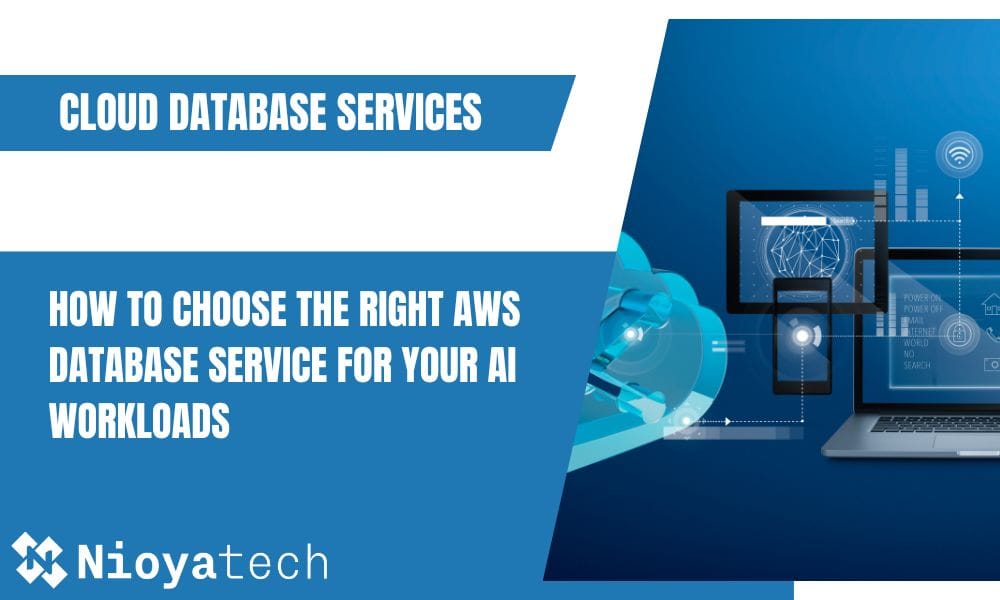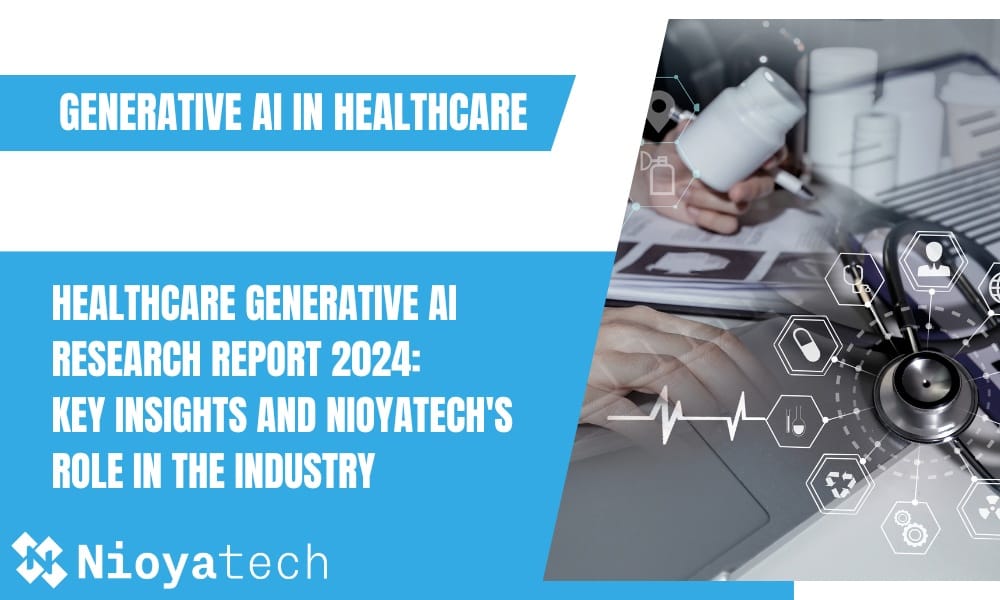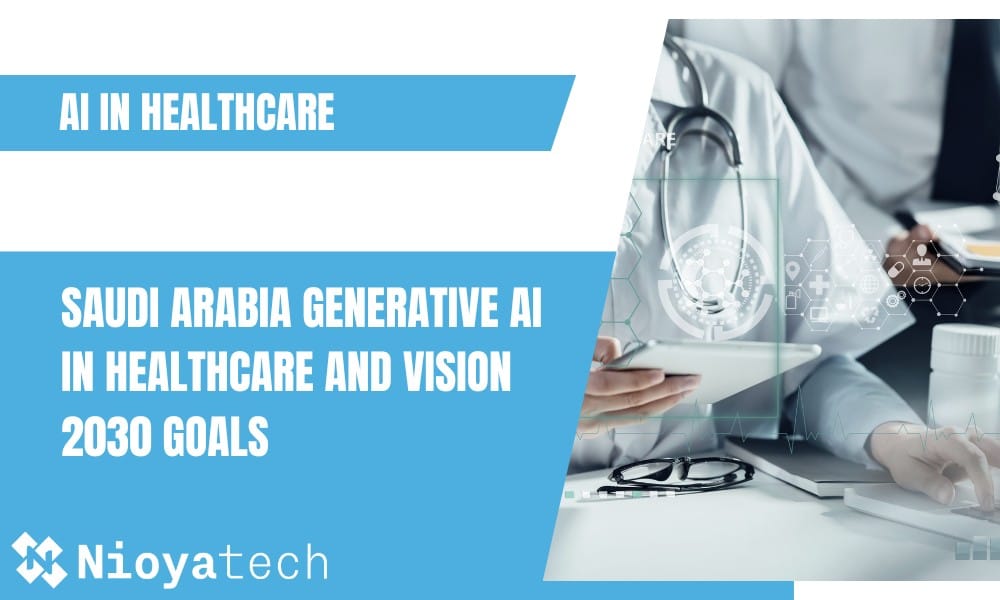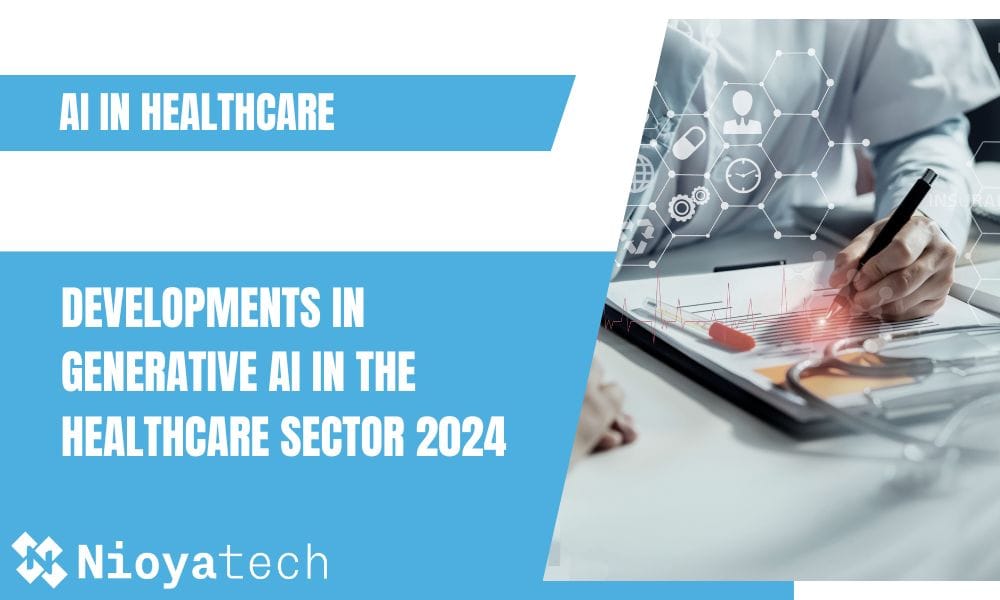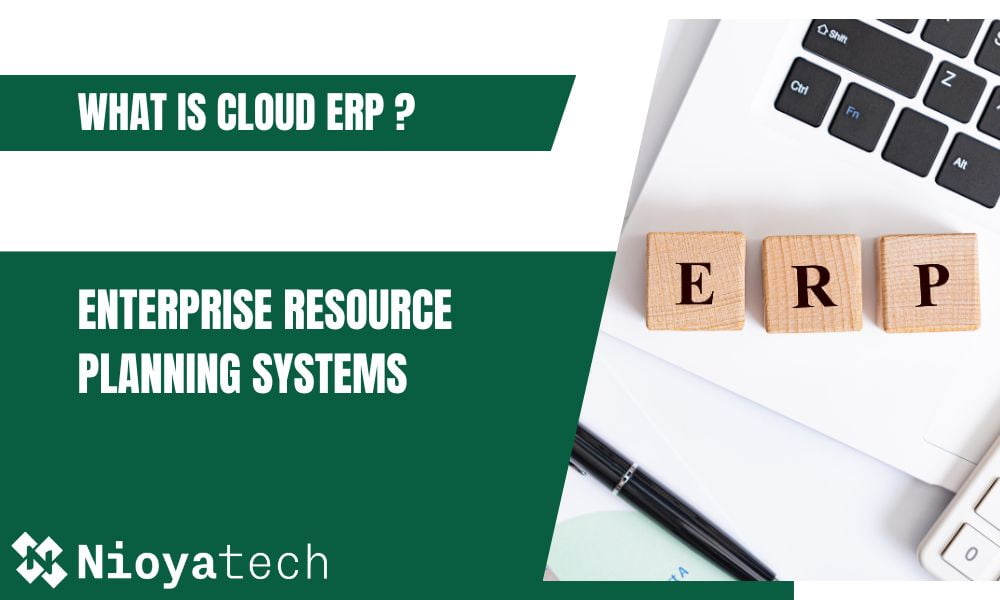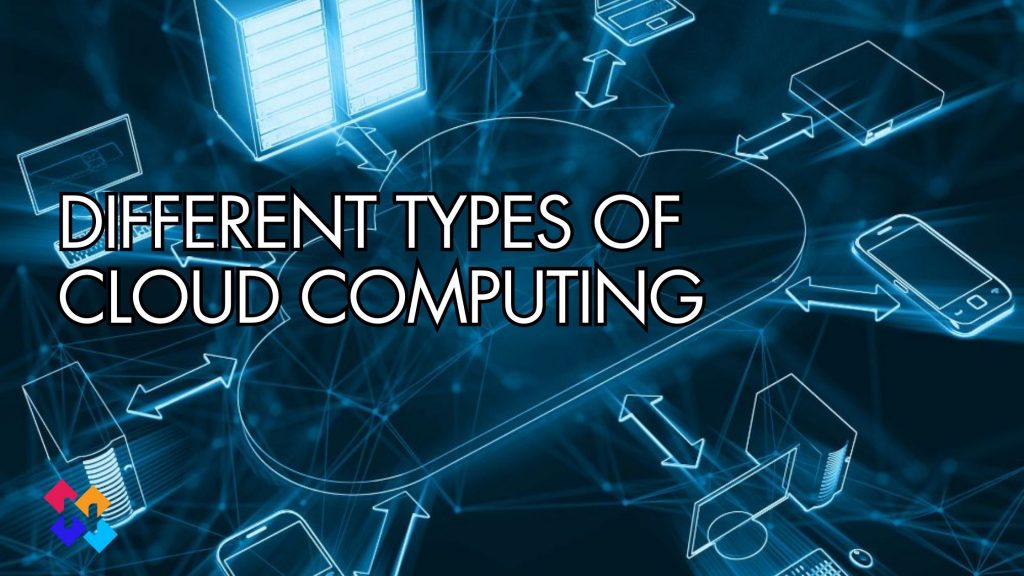With the use of DevOps automation, software development has evolved to a very different dimension beyond agile. Implementing agile approaches to application development is possible, but it still has trouble delivering the code on time. There’s no doubt that you’ve heard about DevOps automation and how it can benefit teams. For example, almost all (99%) of respondents say DevOps has had a positive impact on their organization, according to the DevOps Trends Survey by Atlassian.
In this article, we will explore how effective DevOps automation can reduce roadblocks while enhancing quality throughout the software development process.
What is DevOps?
DevOps is the next step in the growth of collaborative tools and techniques for releasing better applications more quickly. DevOps is all about collaboration. The development and operations teams collaborate to build a team that assists one another throughout the SDLC process. Automating your development lifecycle enhances not only your products but also the end-user experience.
DevOps is a methodology for software development that goes far beyond just development. It is a culture of continuous collaboration, continuous development, and continuous learning.
DevOps automation is only a part of the DevOps lifecycle. DevOps brings together the talents, methods, and technologies for every part of an engineering and IT organization, from planning and creation through monitoring and iteration.

An organization using DevOps can develop and improve products faster than traditional organizations through a combination of cultural philosophies, tools, and methods.
Since the introduction of the DevOps methodology in 2007, process automation in software development has expanded greatly and moved into new domains. For example, the build, test, and deployment phases can be easily done by automation tools. Updates that once took months can now be done in days.
Why Do We Need DevOps Automation?
DevOps automation is critical to digital transformation because it enables businesses to gain organizational efficiency, unpredictability, and reliability. It also eliminates delays, freeing up time for other vital goals.
DevOps automation is the concept of automating all operational tasks in software development. Throughout the DevOps process, automation may encompass the coding, testing, delivery, and monitoring phases.
The main purpose of DevOps automation is to reduce the manual burden and hence streamline the DevOps lifecycle. Automation ensures that tasks and processes are executed, regardless of whether team members are physically present to initiate them. This reduces development and deployment delays by eliminating the need for manual intervention and streamlining the workflow.
Furthermore, automated scripts and functions give a common template that can be used in numerous deployments, eliminating the need to build configuration and code files from scratch and reducing the number of human errors.
The Benefits of DevOps Automation
The usage of automation in DevOps offers numerous advantages, including reduced downtime for IT teams, increased efficiency for corporate strategy, improved quality assurance, and cost savings.
Faster Releases:
DevOps teams make releases more frequently, with improved quality. According to the DORA “2022 State of DevOps” report;
“teams that combine version control and continuous delivery are 2.5x more likely to have high software delivery performance than teams that only focus on version control practices.”
With the right DevOps Automation tools, including test and review phases, teams may boost productivity and release more frequently while causing less disturbance.
Consistency:
Continuous testing allows developers to detect vulnerabilities and bugs more quickly. Automation allows you to discover issues and correct behavior throughout the deployment process. Because of the DevOps toolchain, results in a highly automated system are always consistent and predictable.
Scalability:
Manual procedures are far more difficult to scale than automated operations. Scale automation operations easily by adding new processes to suit the rising demands.
The availability of team members heavily confines any scalability in a manual system. DevOps automation delivers automated, cloud-based technologies with unconstrained scalability to match your organization’s needs.

The Backbone of Automation: Continuous integration/continuous delivery (CI/CD)
As it is one of the most significant advancements in the software development industry, we may say that continuous integration and continuous delivery, or CI/CD is the backbone of DevOps automation.
Pipeline is a process that guides “the build, test, and deploy” phases of the development process along a certain path. Using a CI/CD pipeline in application development allows developers to maintain rapid delivery of fixes and updates. Here are some benefits of incorporating CI/CD into your software development process:
- Companies may now update and distribute applications more quickly.
- Enables the potential of the remote-controlled operation.
- Gives more steady progress with constant testing.
- Saves time by allowing problems to be fixed before they grow by sending errors to developers with immediate feedback.
- Simplifies the delivery process.
Some of the CI/CD pipeline tools for DevOps automation:
- Jenkins
- GitlabCI
- CircleCI
- TravicCI
- Bamboo
- AWS Code Pipeline
- Github Actions
Other DevOps Automation Processes
Many processes can be automated, and they differ from one organization to the next. Ideally, you should automate everything, but you usually have to choose what to prioritize while developing automation. An effective DevOps team can choose which procedures should be automated. Here are some common DevOps automation processes.
Infrastructure Management
It is often assumed that DevOps is merely a development-related element. Yet, this contradicts the fundamental aim of DevOps, which is to enable meaningful collaboration between dev and ops. That implies you should think about how to apply DevOps basic principles to infrastructure management.
Infrastructure management is the administration of the components of hardware, software, networking, data, and data policies. When Infrastructure management is automated, human input and errors in all components involved in the aspects of the system may reduce.
Software Testing
The goal of software verification is to ensure the accuracy of new releases into production. Software testing is the ideal process for using automation in general. Developers write the code and send it to test engineers for testing. Test engineers run the software and report any faults they find to the dev team, who fixes them. The code is updated by the developers and returned to the tester for testing. This procedure is continued until the application is as error-free as feasible.
Now compare this process when it is manual and automated. Automating testing reduces the need for human intervention. Automated test scripts and tools can be used to validate an application’s functionality.
Monitoring
After a version has been set up and configured, in order to understand its effect on the end-user, it requires to be monitored for both security and performance. Teams are in charge of monitoring the operation of IT infrastructure, measuring user experience using predefined metrics, and collecting production information to guarantee the feature is working properly.
Keeping track of all the moving parts of a DevOps setup is challenging to perform manually at scale. Automation solutions that can monitor availability, performance, or security issues and produce warnings based on them can assist in addressing this issue.
Best DevOps Automation Practices
While best practices may vary depending on the application, the following section addresses some widely suggested approaches for successfully deploying DevOps automation.
Micro Services
Microservice architecture is a design technique in which a single application is divided into a collection of tiny services. Each service runs its own process and communicates with other functions using a well-defined api and a straightforward mechanism (often an application programming interface (API) based on HTTP).
Microservices are based on organizational capabilities, to every service performing a specific role. Microservices can be created in a number of architectures or languages and delivered as a single service or as part of a suite.
Infrastructure as Code (IaC)
Infrastructure as Code is a solution that enables teams to manage cloud infrastructure configurations such as servers, virtual machines, storage, and networks declaratively. Developers and system administrators may interact with infrastructure programmatically and at scale thanks to the API-powered cloud paradigm, by reducing the need to manually tune and configure resources.
Engineers can now work using code-based tools and handle infrastructure the same way they handle application code. Because infrastructure and servers are specified by code, they can be rapidly deployed using standardized models, kept up to date with the latest patches and releases, and replicated in reproducible ways.
Configuration Management
Configuration management helps engineering teams to design robust and stable systems using tools that dynamically control and monitor system data changes. It relieves developers and system administrators of the task of setting up operating systems, system applications, and server software manually.
Implement Best DevOps Practices with Nioyatech
The most important aspect of DevOps is the automated infrastructure setup for application deployment. DevOps is the software development life cycle’s automation to deliver and deploy software more quickly and reliably.
DevOps automation enables faster and less expensive software deployments and releases. However, for all of this to happen, the DevOps culture is more important than the technological investment.
NioyaTech DevOps Solutions services place a premium on communication, collaboration, integration, and automation, removing bottlenecks in software development and assuring agile delivery for software-driven innovation.

